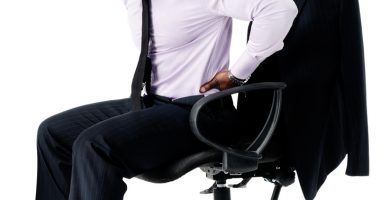Tummy Time
What is Tummy Time?
Placing your baby on their front to play when they are AWAKE and SUPERVISED!
Babies should still be placed on their backs to sleep!
Importance of Tummy time
Provides new sensory experiences, increases physical challenges, and provides much needed relief from constant pressure to the back of the head. It also helps strengthen neck, shoulder and arm muscles and thus helps develop head control.
Strengthening these muscles is essential later to help with rolling, crawling,sitting, pulling to stand and fine motor development including balance, co-ordination of hand-eye movements and sensory processing. (Jennings et al 2005)
Helps minimise the risks of developing Flat Head Syndrome (FHS).
What is Flat Head Syndrome (FHS)
Flattening of the back part of the babies skull usually due to constant pressure on very soft and mouldable heads.
Plagiocephaly is flattening on one side of the head.
Brachiocephaly is flattening across the back of the head.
Risk factors for developing FHS
Sleeping in the same position on their backs-particularly in the first six weeks. (Hutchinson et al, 2003)
Torticollis- muscle imbalance-preference to turning head in one direction.
Restriction of cervical and thoracic spine motion.
Having less than 15 minutes a day of tummy time.
Bottle feeding always on the same side.
Always carrying child on the same side.
Indicators of neck muscle dysfunction
Preference to cervical rotation in one direction
Preference to breast feeding on one side may also indicate neck mobility
problems. (Littlefield et al, 2001)
How to prevent flat head syndrome
With treatment of identified neck muscle dysfunction–ie:with manual therapy such as osteopathy and including exercises to stretch torticollis and other muscles dysfunctions.
Tummy time >15 minutes/ day.
Repositioning including:
Alternating the end of cot that they sleep at and the arm carrying positioning from day 1 and/or
Alternating supine head position during sleep by turning their head daily.
Alternating the side the baby feeds on if bottle fed.
Place stimulating toys to encourage rotation to the restricted side or alternating sides once restriction decreased.
Minimising time spent in car seats and bouncy chairs.
Change the position of light in the room so it is on the babies restricted side.
Even young babies will turn towards the light source.
If the baby sucks its thumb then try covering their preferred hand (if its on the same side as the restriction)- this will encourage them to suck the other side and thus encourage turning to the other side.
Tummy Time
Can be started from day 1 for a minute or 2 a few times a day.
Initially this can be on your chest or knees but eventually try and progress to a firmer surface.
A pillow or towel under their chest can often help tolerance initially.
Ideally, try and progress to 20-30 minutes 2-3 times a day by 3-4 months.
Get down to their level and play with them.
Use mirrors, toys and lights to get their attention
If you have any questions on tummy time then please feel free to contact me on 728 798 or email dimi@avenueclinic.co.uk
BACK TO SLEEP- TUMMY TO PLAY!!!
References:
Hutchison L, DipHSc, PG DipSc,. Thompson J M. D, PhD and Ed Mitchell A, MB, DCH, DSc (Med). (2003). Determinants of Nonsynostotic Plagiocephaly: A Case-Control Study. Pediatrics. Vol. 112 No. 4 October . pp. e316-e316.
Jennings JT, Sarbaugh BG and Payne NS. (2005). Conveying the message about optimal Infant Positions. Physical & Occupational Therapy in Paediatrics, Vol. 25(3).
Littlefield TR, Reiff JL, Rekate HL. Diagnosis and management of deformational plagiocephaly. Barrow Neurological Institute Quarterly. 2001;17(4):18–25



